What Martial Art … Helps Change A Habit?
WHAT MARTIAL ART IMPROVES BALANCE, GETS RID OF STRESS, FEELS LIKE DANCING AND HELPS CHANGE A HABIT? (ISSUE 72)
By Diane Gold
Okay, you knew. It’s tai chi, the system of movement that looks like rolling liquid that never stops. It teaches personal protection and awareness, creates relaxation of both mind and body (yeah, spirit, too, but there are too many discussions and interpretations on that subject that we won’t mention again in this piece), improves health, feels good and looks good.
In order to talk about how tai chi helps change a habit, let’s define the different aspects of the training, similar to what happens when someone joins the United State Military Service or a dance troupe.
According to Staff Seargent Curtis Osburn, USMC, San Diego,
“…from the minute recruits get off the bus, they are guided through physical challenges, mental challenges and moral challenges.”
So far, this sounds like any martial art. We get strong of mind, body and moral fiber by going through the physical demands of the movement system. The physical regime prepares us to be flexible of mind as well as body.
According to New England Journal Medicine, Feb. 9, 2012, tai chi helped Parkinson’s patients with balance more than stretching and weight training.
 But tai chi has other functions. There is scientific evidence that tai chi also improves flexibility, focus, respiration, muscle response, memory, mental attitude.
But tai chi has other functions. There is scientific evidence that tai chi also improves flexibility, focus, respiration, muscle response, memory, mental attitude.
To the tai chi player (as the rest of the world says it), it feels similar to dancing or swimming because each movement is connected to the previous. I like to call it “air surfing.”
So, how can this change a habit?
Okay, remember that we build habits by receiving some signal (THE CUE) which leads us to do the same BEHAVIOR over and over to receive a REWARD. We eat 3 pieces of pie so we can say,

“Yum.”
We take chemical or recreational risks because we like “the instant stimulation or rush” or because someone prescribed it. Sometimes we get stuck repeating the behaviors over and over again in a habit.
Where it used to be unusual for us to eat 3 pieces of cake, now it is normal to do so and seemingly impossible to stop. We crave it regularly.
Where it used to be occasional to drink champagne at New Year’s Eve, now it is normal to skip dinner and drink alcohol. It is seemingly impossible to stop. We crave it regularly.
The once exceptional event has become the standard way to act. Those brave souls among us who want to change a habit to support their lives in the best way possible want to reverse the process.
Tai chi can help. Here’s how.
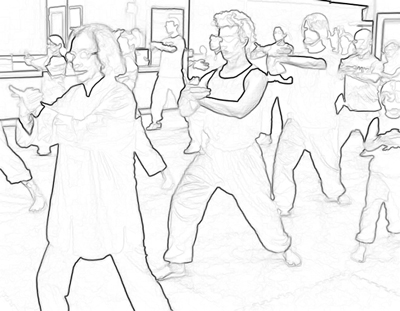 In order to learn tai chi, we have to concentrate on the actual movement we are doing. We do the same movement over and over again until it becomes familiar to us. Sounds a little like a habit, right? It is different from jumping rope, doing a dance routine, going to the gym because every time we do it, it is different. Tai chi movement involves every single part of the body. And we are different of mind and body every day. That is why it is different. As with any martial art, the movement is a tool for training and changing the mind. However, the physical way we execute the motion is related to our mood at the moment, what we choose to express, how relaxed our body is and whether we are working on warding off a potential attacker. These factors affect the movement and make it unique in the world of movement arts.
In order to learn tai chi, we have to concentrate on the actual movement we are doing. We do the same movement over and over again until it becomes familiar to us. Sounds a little like a habit, right? It is different from jumping rope, doing a dance routine, going to the gym because every time we do it, it is different. Tai chi movement involves every single part of the body. And we are different of mind and body every day. That is why it is different. As with any martial art, the movement is a tool for training and changing the mind. However, the physical way we execute the motion is related to our mood at the moment, what we choose to express, how relaxed our body is and whether we are working on warding off a potential attacker. These factors affect the movement and make it unique in the world of movement arts.
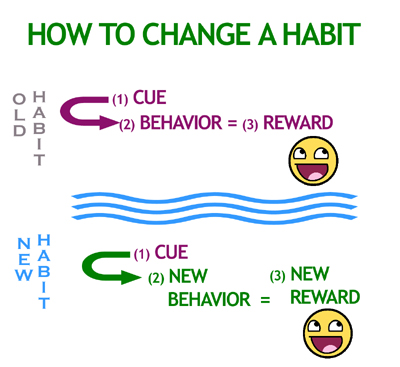 The fact that tai chi involves mind, body and the way we live our lives, but all we have to do is watch our moving hand or foot to grasp our own attention is the very reason it can help change a habit. When we get the CUE, that urge, craving, onset of desire to behave habitually, we can
The fact that tai chi involves mind, body and the way we live our lives, but all we have to do is watch our moving hand or foot to grasp our own attention is the very reason it can help change a habit. When we get the CUE, that urge, craving, onset of desire to behave habitually, we can
CHOOSE ANOTHER BEHAVIOR!
We just have to plan it!
I’m being a bit dramatic here because this statement is all we have to do, even though thinking about it may make it seem impossible. Of course, it may not be easy or we would have done it already. But it’s doable. I’m living proof many times over.
TAI CHI AS IT APPLIES TO CHANGE OF HABIT
Here’s where tai chi comes into play. And these are the sequential steps that allow us to change a habit using tai chi:
1) Tai chi teaches us to take our time with movement because understanding the movement takes time.
2) In order for us to be successful at tai chi, we learn patience.
3) This patience with learning tai chi, a martial arts system, translates to patience in our lives and more control over what we do, including our impulses and the cravings that appear out of nowhere and demand some type of behavior.
4) This control translates into having the strength to do a new behavior, different from the old one, that also creates some type of reward.
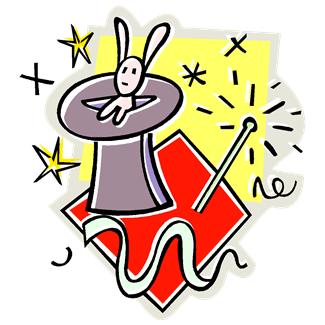 At the beginning, meaning for 3 to 4 weeks, if possible; it’s a good idea not to look at the new reward or evaluate it or compare it to the old reward. We have to remember it took lots of repetition to learn the old behavior, so give the new behavior some time to become beneficial to our lives before deciding to judge it. Otherwise the mind will play the old trick that the new behavior doesn’t work for us (which is. most of the time, a self-con so that we can go back to our old behavior).
At the beginning, meaning for 3 to 4 weeks, if possible; it’s a good idea not to look at the new reward or evaluate it or compare it to the old reward. We have to remember it took lots of repetition to learn the old behavior, so give the new behavior some time to become beneficial to our lives before deciding to judge it. Otherwise the mind will play the old trick that the new behavior doesn’t work for us (which is. most of the time, a self-con so that we can go back to our old behavior).
Just like with tai chi, the reward of a new behavior takes time to learn, time to appreciate, time before it becomes a habit.
PRACTICAL ACTION STEPS TO CHANGE A HABIT
So once we have decided that we have a habit that is not supporting our life, here are some simple suggestions to start moving toward success:
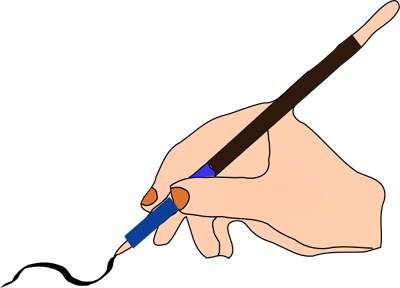 1) WRITE IT DOWN!
1) WRITE IT DOWN!
When you are not craving, urging, desiring your old behavior – which may only be for a quick minute at a time – get out a pen and paper and write down what new behavior you will do instead of the old one. This way, you are contracting with yourself.
2) GO TO THE MIRROR
Go to the mirror and tell yourself that, when you get your next cue, you will do your new behavior.
3) BE PHYSICAL
Consider doing something physically exerting for your new behavior, like walking around the closest building or house, so that using your physical body has a chance at calming down your urges through the release of new hormones or neurotransmitters that feel good to the body. to so that It should be physical and in a different location from the one where you do the old behavior.
4) CHANGE LOCATIONS
Make sure that you go in the opposite direction from the place where you did your old behavior. Sometimes if you travel away from the source, you will be too lazy to go toward it, or, by the time you get part way toward the location of the old behavior, your urge will be gone.
PUBLISHER’S NOTE:
It’s simple distractions such as these that keep us focused on our new behaviors.
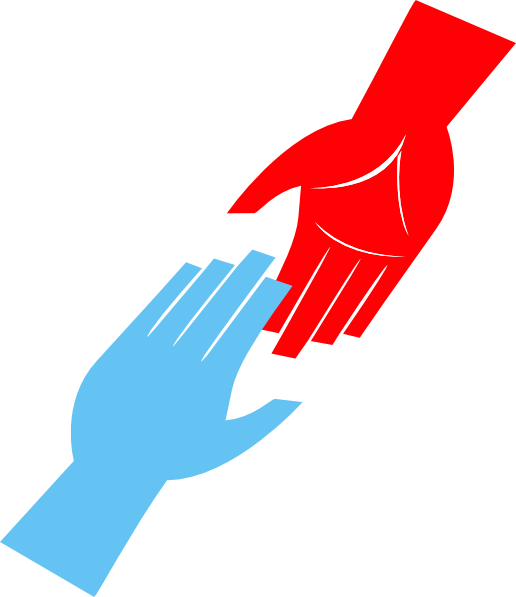 5) CALL SOMEONE
5) CALL SOMEONE
Find a friend, a stranger or an association where you can call and tell someone you are traveling away from the source, or you are walking around the building. You are more likely to talk yourself down (talk yourself out of falling back into the old behavior) if you have a supporter.
PUBLISHER’S NOTE:
If you don’t know who to call, call 211, option 3, to talk to someone. As of February, 2013, this free service is available in 50 states (39 of them with 100% coverage) and Washington, D.C. and Puerto Rico (100% coverage).
CONCLUSION
Tai chi is a beautiful system of movement that makes our minds more flexible to succeed at our goals. That’s why it is so helpful when we want to change a habit. It’s also another alternative we can choose instead of our old behavior. We can write about it, do it in a mirror, it’s physical, we can do it far away from our old behavior location, and we can call someone else who does tai chi.
It’s a great preparer for life’s changes. We become rooted physically from the actual movement we learn as our legs gain strength. We begin to see a glimmer of understanding about why it’s called an art – because each of us creates our way of doing it. Our will power grows and can support us when we change a habit.
PUBLISHER’S DEDICATION
This article is dedicated to the art of tai chi and what it does for those who do it. It’s also a good place to announce WORLD TAI CHI AND CHI KUNG DAY, April 27, 2013, a free event where close to one million people all over the world do tai chi and chi kung in public events starting at 10 am local time in the first time zone and continue in most time zones across the globe to create a wave of peace and harmony.
As the organizer of the Boca Raton event, we welcome you to participate. It’s the 14th year for Boca. We’ll be in Sanborn Square, Boca Raton, Florida 33432 to celebrate. Details here: https://www.facebook.com/events/148699685298664.
If you are not local to Boca Raton (which most of you are not), we may be able to help you find an event in your city. Bottom line, If it sounds good, put it on the calendar. It’s free and fun. If you can’t make it, think tai chi at 10 am on April 27, 2013.
FEEDBACK
Please leave a comment and LIKE.
DIANE GOLD, AUTHOR
Diane Gold, Founder of Warriors of Weight, Turning Habits Into Health, is a mentor in tai chi, kung fu and meditation, a music, fitness and stress expert, dedicated mom, studying plant-based nutrition.
She has seen how tai chi helps change a habit. She has watched people balance their weight, their emotional state, their physical habit of falling, their appetite. She says,
“Tai chi gives us a foundation, a root, like the root of a tree. When we have this infrastructure, we can require of ourselves new behavior by using tai chi principle. While doing tai chi, we do tai chi. We don’t think of shopping, finances, family feuds. In this same way, when we get our cue which used to cause the old behavior, we can do the new behavior by not thinking about it. We will just do it. That’s how we do tai chi: we just do it.If we are thinking about it, we’re not doing it. So we don’t think about it when we’re doing it.
“Similar to the scientist who can apply the scientific theory anywhere in the universe, the tai chi principle of “just doing it,” with no thought or mind deliberation, can be applied to changing a habit or any situation in life.”

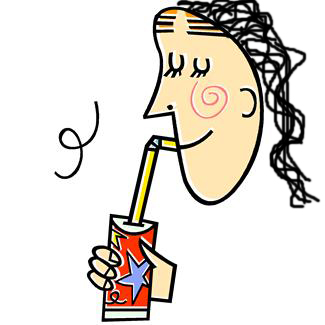 A study, published on Sept. 22, 2012 in the New England Journal of Medicine, looked at reducing the sugary drinks that teens drank for a year, using 224 teens. The study delivered non-caloric drinks to the homes of one-half of this teen group for a year, supplied coaching calls to parents, check-in visits and messaging with the participants. The other half just drank their sugary drinks, as usual.
A study, published on Sept. 22, 2012 in the New England Journal of Medicine, looked at reducing the sugary drinks that teens drank for a year, using 224 teens. The study delivered non-caloric drinks to the homes of one-half of this teen group for a year, supplied coaching calls to parents, check-in visits and messaging with the participants. The other half just drank their sugary drinks, as usual.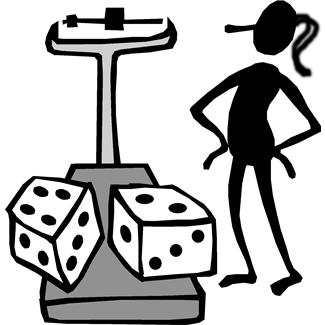
 Take away something without replacing it with something else in our lives and a gaping hole exists. To remove sugary drinks, we need to put something else there that will offer a reward of some kind. Otherwise, the emptiness becomes very uncomfortable.
Take away something without replacing it with something else in our lives and a gaping hole exists. To remove sugary drinks, we need to put something else there that will offer a reward of some kind. Otherwise, the emptiness becomes very uncomfortable. How much nicer it is when the hole is filled with something meaningful, like water for a refreshing swim, symbolic of water to drink.
How much nicer it is when the hole is filled with something meaningful, like water for a refreshing swim, symbolic of water to drink.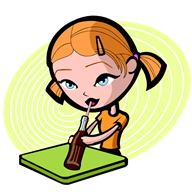 2) Are we craving drinking sweet liquid because we enjoy the way it feels, tastes or looks?
2) Are we craving drinking sweet liquid because we enjoy the way it feels, tastes or looks?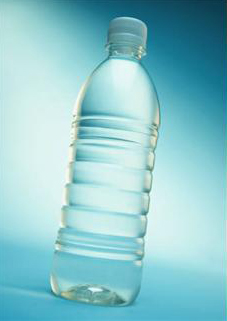 ECONOMICS
ECONOMICS
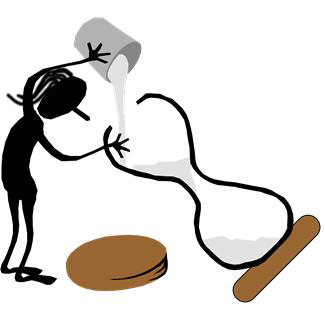 When a program talks about removing a substance or craving instead of adding pleasure with something new and awesome, whether drugs or sugary drinks, the program is talking about deprivation and pain instead of comfort and gratification. Addition instead of subtraction calms and nourish the mind; positive vs. negative speech conjures happy images. I am not saying to deny the goal or not to talk about it; but it’s more pleasurable to concentrate on adding than taking away. So why not use that tiny advantage!
When a program talks about removing a substance or craving instead of adding pleasure with something new and awesome, whether drugs or sugary drinks, the program is talking about deprivation and pain instead of comfort and gratification. Addition instead of subtraction calms and nourish the mind; positive vs. negative speech conjures happy images. I am not saying to deny the goal or not to talk about it; but it’s more pleasurable to concentrate on adding than taking away. So why not use that tiny advantage!






